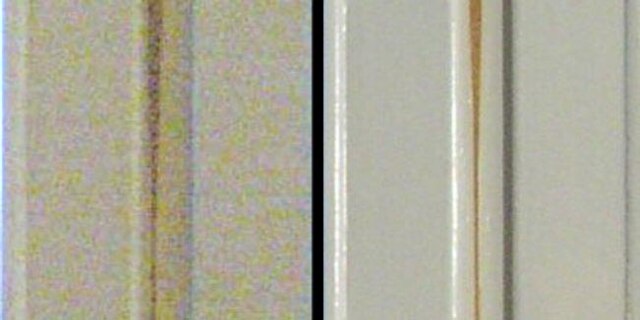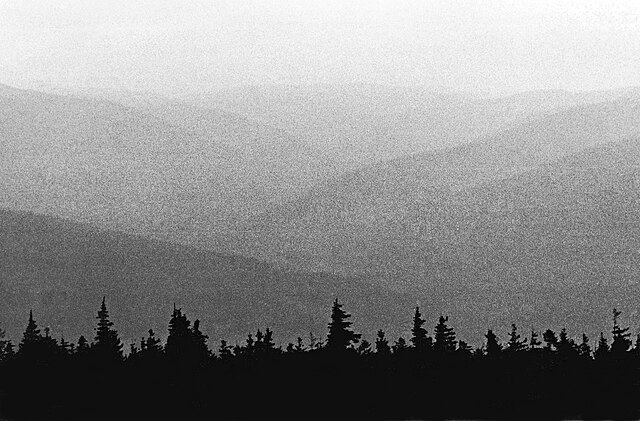Image noise is random variation of brightness or color information in images, and is usually an aspect of electronic noise. It can be produced by the image sensor and circuitry of a scanner or digital camera. Image noise can also originate in film grain and in the unavoidable shot noise of an ideal photon detector. Image noise is an undesirable by-product of image capture that obscures the desired information. Typically the term “image noise” is used to refer to noise in 2D images, not 3D images.
Noise clearly visible in an image from a digital camera
An image injected with periodic noise
Application of frequency domain notch filters
Image on the left has exposure time of >10 seconds in low light. The image on the right has adequate lighting and 0.1 second exposure.
Film grain or film granularity is the random optical texture of processed photographic film due to the presence of small particles of a metallic silver, or dye clouds, developed from silver halide that have received enough photons. While film grain is a function of such particles it is not the same thing as such. It is an optical effect, the magnitude of which depends on both the film stock and the definition at which it is observed. It can be objectionably noticeable in an over-enlarged film photograph.
Photomicrograph of grain of different photographic plates
Film grain used for artistic effect
Rallycross car pictured on Agfa 1000 RS slide
Detail of the same photo to show the grain better








